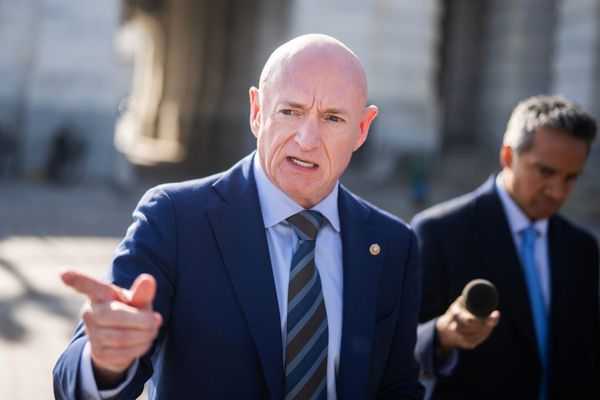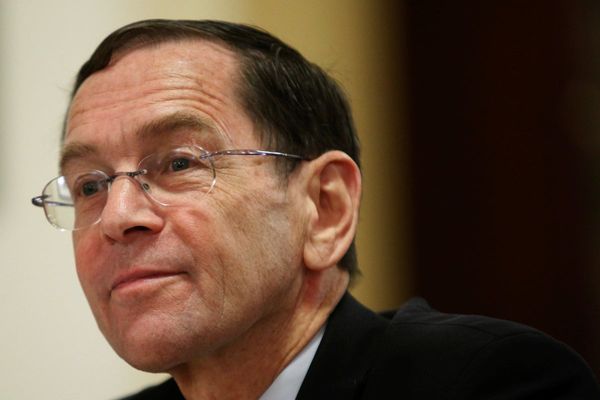
News of the death of Sir Michael Boyd at the age of 68 has come as a shock. Boyd took over the directorship of the Royal Shakespeare Company in 2003 when it was at crisis point. It had a deficit of more than £2m, had forfeited its London base in the Barbican and, in the words of its former literary manager, Colin Chambers, was in danger of becoming a corporation rather than a company. By the time of his departure in 2012, Boyd had restored the RSC to something of its former glory and I would highlight three facets of his achievement.
For a start there was his skill as a director. It first hit me in 1999, when as an associate to Adrian Noble, he did a production of A Midsummer Night’s Dream – the best since Peter Brook’s – that turned the play into a foot-stamping erotic fertility rite. But Boyd’s greatest success came with his eight-play cycle of Shakespeare’s histories which reached fulfilment in 2008. At its heart lay the idea, to borrow a phrase from TS Eliot’s Four Quartets, of “time future contained in time past”. You saw that at the start of Richard II when Jonathan Slinger’s king stepped gingerly over the corpse of Thomas of Woodstock, Duke of Gloucester: a vital image in that Richard’s implication in Gloucester’s murder leads to the unravelling of his authority which in turn produces decades of civil strife.
In Boyd’s cycle the dead were a constant presence: in Richard III, Katy Stephens’s mad Margaret stalked the kingdom carrying the bones of her murdered son upon her back. Boyd, making nonsense of the false distinction between text-based and visual theatre, staged the plays vertically as well as horizontally: when Talbot, in the first part of Henry VI, compared his son to Icarus we saw his offspring’s lifeless body suddenly soaring skywards.

Boyd not only proved that Shakespeare’s history cycle was at the centre of our national story. Having worked as a trainee director in Moscow, he was also a dedicated internationalist. His own directorial style – which often had pianos descending from the skies – owed much to European expressionism. He imported modern Russian plays into the repertory. And when in 2006 he launched a season of the Complete Works of Shakespeare, many of the most striking shows came from abroad. I remember a startling German adaptation of Othello, based on the idea that Iago’s nihilist vision poisons everything around him, and a stylised Japanese Titus Andronicus, directed by Yukio Ninagawa, in which instead of stage blood we saw ribbons of red silk cascading from brutally severed limbs. While Boyd opened up the Stratford stage to visiting companies, he also deserves great credit for fostering native talent such as Rupert Goold, Josie Rourke and Dominic Cooke, all of whom directed Shakespeare under his stewardship.
But I guess Boyd’s most tangible legacy lay in his transformation of the Stratford building in which Shakespeare’s plays were staged. The original 1932 Memorial theatre had been endlessly tinkered with over the years and Noble envisaged scrapping it altogether. Boyd and an architectural team led by Rab Bennetts came up with a radically different plan which was to combine the best bits of the 1932 building with a thrust stage and auditorium similar in style to the more intimate Swan next door. Arguments still continue over that idea but Iain Mackintosh, in his new book on Theatre Spaces, gives it his imprimatur and I’ve always found the new main house, which opened in 2010, both audience- and actor-friendly.
Revered within the industry but little known outside it, Boyd was a major figure in the ongoing Shakespeare story. He did many other things, such as directing new plays and opera, but it was his tenure at the RSC that constitutes his legacy. He had what Wordsworth called the “visionary gleam” as well as the political and managerial skills to put his ideas into practice, and it is that combination of the dreamlike and the down-to-earth that makes for great theatrical leaders.







